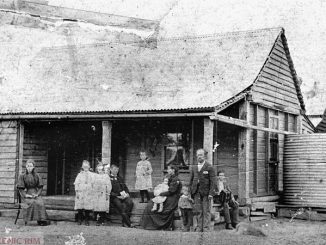
Food producers throughout the Scenic Rim are finding innovative new ways to limit losses and create alternative uses for waste, as evidenced in a new report titled “Crop loss/waste on Australian horticulture farms, 2022–23” .
The report was commissioned by the Department of Climate Change, Energy, the Environment and Water, to fill specific data gaps on food loss and waste in primary production in the horticulture industry.
Executive Director of ABARES Dr Jared Greenville said that even though crop loss continues to be a challenge for Australian producers, record horticultural production value is forecast in 2024–25.
“While the difficulties of horticultural production remain, the latest data is a fascinating snapshot of how our producers are using technology, innovative thinking and hard work to find new ways of improving productivity,” he said.
“For example, in 2022–23 10% of horticultural crop loss/waste per farm was recovered for alternative uses such as compost and animal feed, up from 2% in 2021–22. Leading that pack were apples, bananas and citrus, where around one-fifth of crop loss/waste per farm was recovered for alternative uses.”
Other key findings from the report reveal that weather events were the primary cause of total crop loss/waste on most farms (63%), with the majority of these losses occurring pre-harvest and largely outside of farmers’ control.
“Agricultural production is inherently risky, and external events outside the control of farm managers are a natural challenge within Australian agriculture.,” Dr Greenville said.
“However, with the knowledge gained from this latest reporting, consideration can be given to strategies across the value chain for reducing waste and increasing resource efficiency in the industry.”





